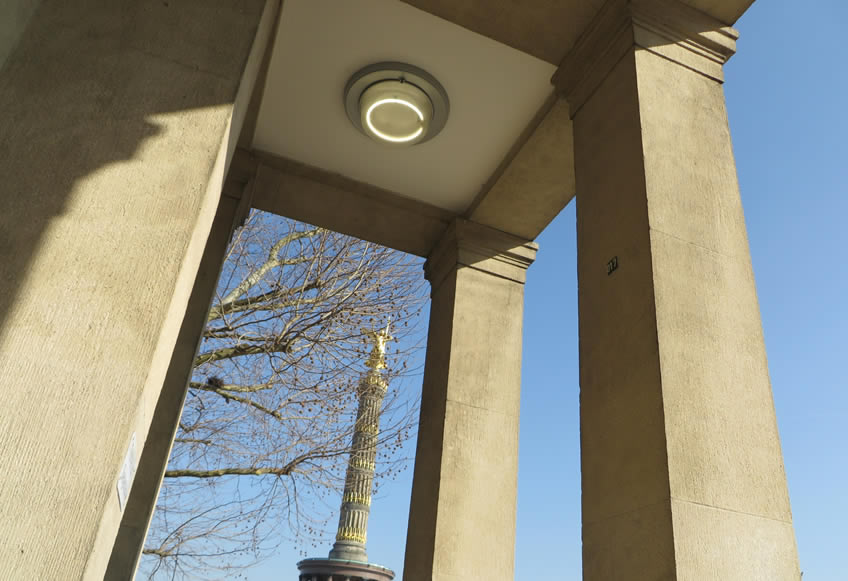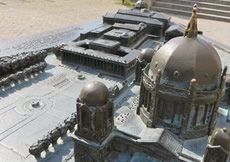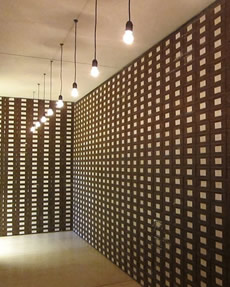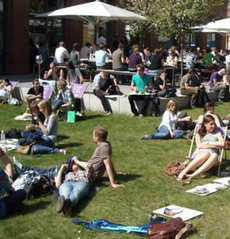Berlin
Hitler's favourite architect and his Berlin legacy
Albert Speer, favoured Third Reich architect and, later, Nazi minister, was the man famously entrusted by Hitler to produce designs for a sweeping redevelopment of Berlin on a literally colossal scale.
The project to create a 'Welthauptstadt' (world capital) would have seen the city bisected by a huge boulevard lined with grand ministerial buildings.
A gargantuan triumphal arch was planned for its southern end, and at the other, a vast, domed building to be known as the Volkshalle (People's Hall). Had it been built, this temple-like structure would still be one of the world's largest enclosed spaces.


Nevertheless, the hugely ambitious scheme was put on hold due to the outbreak of war, and in fact, much of Speer's fame as an architect rests on projects which were either postponed or no longer exist.
His New Reich Chancellery, for example, which was completed in 1939 and delighted Hitler with its 146-metre-long red marble gallery, was badly damaged in wartime bombing raids and eventually dismantled by Soviet forces.
And although Speer is sometimes credited with a leading role in the design of Berlin's 1936 Olympic complex, his contributions were in fact limited.
So what remains of the architect's work in Berlin?
As part of the initial preparation for the construction of the Welthauptstadt, Speer had the avenue now known as the Straße des 17. Juni widened, and the city's famous Victory Column (Siegessäule) moved there from its former location in front of the Reichstag.
Set on an island in the midst of heavy traffic, the monument is accessible via four underpasses designed by Speer in 1941. Each is headed by an identical entranceway - a square-columned pavilion in severely neoclassical style.
Though unassuming, they certainly bear some resemblance to the architect's more monumental documented works, such as his design for the German Pavilion at the 1937 Paris Exhibition (below).
And on the same street, there's another - though far less well-known - design by Speer. Dozens of them, in fact.
From the point at which the railway line crosses Straße des 17. Juni at Tiergarten station, the streetlights suddenly change in style.
Sombre yet imposing, Speer's lamps line the remainder of Straße des 17. Juni; cross with it into the seemingly endless length of Bismarckstrasse, then continue along the Kaiserdamm before finally finishing at Theodor-Heuss Platz. A square which, when the streetlights were originally installed, was named Adolf-Hitler-Platz and would eventually have assumed an important position at the end of the east-west axis of Speer's newly designed city.
In other words, an almost forgotten work by Hitler's favourite architect can still be viewed along almost 5 kilometres of Berlin's busiest streets.
See also:
A hidden swastika
The secrets of Mohrenstrasse station
Country cottages for the SS
Albert Speer's entrances to the Victory Column: Großer Stern, 10557 Berlin
Albert Speer's street lamps: Straße des 17. Juni (westwards from Tiergarten station); Bismarckstraße; Kaiserdamm



















